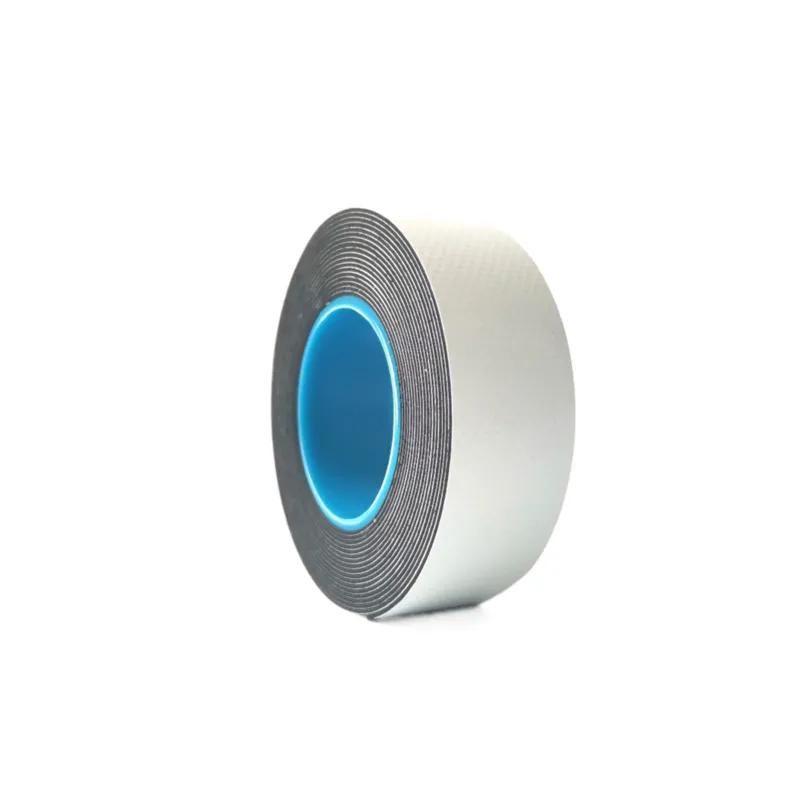Understanding 10mm Intumescent Strips A Vital Component in Fire Safety
Intumescent strips are essential materials used in passive fire protection systems. They are primarily designed to swell when exposed to high temperatures, providing a barrier that helps to minimize the spread of smoke and flames during a fire. One specific size that is often highlighted in fire safety specifications is the 10mm intumescent strip. This article will explore the significance, applications, and benefits of using 10mm intumescent strips in various environments.
What are Intumescent Strips?
Intumescent materials are substances that expand when subjected to heat. This expansion can create a dense foam that effectively fills gaps around doors, windows, and other openings, thereby preventing fire and smoke from passing through. A 10mm intumescent strip refers to the width of such a material, which is commonly used in fire doors, partition walls, and other critical areas in buildings to maintain their fire-resistance ratings.
Applications of 10mm Intumescent Strips
1. Fire Doors One of the primary applications of 10mm intumescent strips is in fire doors. When these doors are closed, the strips ensure that if a fire occurs, the gaps around the door are sealed, preventing smoke and flames from spreading to other areas. This is crucial for maintaining safe egress routes and minimizing damage to property.
2. Windows and Glazing Systems Intumescent strips can also be installed around windows and glazing systems. They function similarly to their role in fire doors, expanding to form a protective barrier that helps to contain flames and smoke during a fire event.
3. Curtain Walls and Partitions In larger buildings, 10mm intumescent strips are often used in conjunction with curtain walls and partitions. These materials contribute to the overall fire compliance of the building by ensuring that each compartment is adequately protected.
10mm intumescent strip

Benefits of Using 10mm Intumescent Strips
1. Enhanced Fire Safety The primary benefit of using 10mm intumescent strips is undoubtedly improved fire safety. By reducing the pathways through which fire and smoke can travel, these strips significantly increase the chances of containing a fire to its origin.
2. Regulatory Compliance Many building codes require the use of fire-rated materials in specific construction scenarios. Installing 10mm intumescent strips helps ensure that buildings meet these necessary safety standards, which is crucial for legal compliance.
3. Cost-Effectiveness Compared to other fire protection measures, intumescent strips are relatively inexpensive and easy to install. This makes them a worthwhile investment for both new constructions and retrofitting projects.
4. Versatility 10mm intumescent strips can be used in various applications and settings, from residential homes to commercial buildings. Their versatility makes them a popular choice among architects and builders.
Conclusion
In conclusion, 10mm intumescent strips play a critical role in fire safety by providing an effective barrier against the spread of flames and smoke. By incorporating these strips into design and construction practices, property owners can enhance the safety of their buildings, comply with regulations, and ultimately protect lives and property from the devastating effects of fire. As fire safety continues to be a priority, the use of such materials will undoubtedly remain a key consideration in building design and maintenance.
-
XIANGFAN Rubber Tape-Ultimate Solutions for All Your Insulation NeedsNewsJun.24,2025
-
XIANGFAN Rubber Tape-Protection for Industrial and Residential ApplicationsNewsJun.24,2025
-
XIANGFAN Rubber Tape: Superior Safety and Sealing for Demanding EnvironmentsNewsJun.24,2025
-
XIANGFAN Rubber Tape: Reliable Solutions for Every Electrical ChallengeNewsJun.24,2025
-
XIANGFAN Electrical & Industrial Tape: Powering Reliability Across IndustriesNewsJun.24,2025
-
XIANGFAN Electrical & Industrial Tape: Excellence in Every ApplicationNewsJun.24,2025
